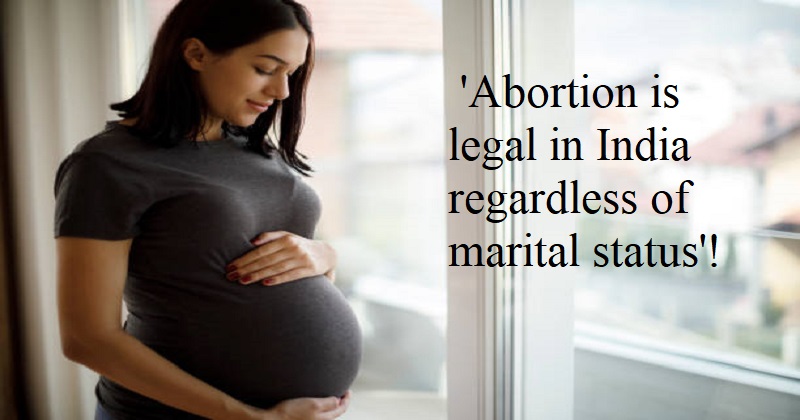
Only a few weeks after the United States Supreme Court issued a contentious rule permitting individual states to outright ban or severely restrict pregnant women’s ability to seek abortions, news of a similar case made headlines in India. The 1973 Roe v. Wade ruling was reversed in the US and was viewed as ‘a significant step back for women’s rights,’ but the Indian Supreme Court’s decision on Thursday is being hailed as ‘historic’ and ‘a big stride forward’ for women’s rights.
In a country where 73 million unmarried women live, the Indian Supreme Court’s ruling that all women, including those who are not married and those who are not cisgender women, have equal rights to abortion is unquestionably progressive. The choice was taken in response to a petition that was submitted in July by a pregnant 25-year-old single woman who had been in a consenting relationship. The woman argued that because her partner had abruptly declined to marry her, having an unborn child would subject her to ‘social humiliation and persecution’.
She also asserted that she couldn’t afford to raise a child and wasn’t psychologically prepared to do so because she didn’t have a career and didn’t come from a wealthy family. The woman proceeded to the Supreme Court after the Delhi High Court rejected her request for an abortion. Due to the strictness of the laws, even rape survivors—including children who were not aware of their pregnancy—had to go to court to obtain permission to terminate a pregnancy if it was discovered after 20 weeks.
The ‘bodily autonomy’ case;
The Indian court stated that a woman’s right to bodily autonomy and the ability to choose her own path in life were ‘firmly entrenched’ in the choice of whether to carry a pregnancy to term or end it. It stated that an unwanted pregnancy might have a negative effect on a woman’s entire life ‘by interfering with her schooling, her profession, or her emotional well-being’. The court went on to say that unmarried women’s exclusion will encourage them to seek unsafe abortions, which kill a surprising number of women in India. According to estimates from the UN Population Fund, eight women are thought to die in the country every day as a result of complications from unsafe abortions.
Women who are single can have sex too.
The ruling has been praised by women’s rights activists from all throughout India, and a reading of the judgement reveals why it is essential on a number of levels. The court recognised that unmarried women can have sexual relationships in addition to giving all women the same rights and liberties. This is a pretty unusual concept in a nation with a strongly patriarchal society where women have limited sexual autonomy, premarital sex is frowned upon, and some communities even force brides to undergo a humiliating ‘virginity test’ to confirm that they are ‘virgins’ on their wedding night.
The justices emphasised the fact that laws cannot be read based on ‘narrow patriarchal assumptions’ concerning what is considered ‘permissible sex,’ as Indian culture and the family have changed dramatically over time. Premarital sex, gay sex, and live-in relationships cannot be ‘viewed through the prism of criminality’.
Taking on marital rape;
Another important aspect that has influenced the judgment’s media coverage in India is its words about marital rape. The Supreme Court is now considering a petition to make rape during a marriage a crime. India still adheres to an antiquated colonial law that states that sex ‘by a man with his wife’ that is not with a minor is not rape.
The judges were extremely clear in saying that a woman should not be forced to give birth to and raise a child with her husband if she fell pregnant ‘due to a spouse’s act of sexual assault or rape’. They didn’t intend for their order to consider the legality of marital rape, however, as that matter was being heard by a different bench.

Post Your Comments